Who is Kidding us????
Moderador: Rein
-
patagonian
Re: Who is Kidding us????
Q: What is our basis for being so sure this stamp was printed in lithography???
Answ.:
1) - The matrix printing tests of separate frames and portraits that I just showed you,
2) - The foldings or breakouts of the reporting-papier, visible in some types of this issue :
3) - A "phantom" image on the stone, in a test of a telegrapic part of the issue.
Finally, I strongly suggest you get the book "Los secretos de la Kidd", author: Jean Paul Marais, edit: Mundo Filatelico - 1969/70, where all this (and much more) is well developed and explained.
[/color]
Answ.:
1) - The matrix printing tests of separate frames and portraits that I just showed you,
2) - The foldings or breakouts of the reporting-papier, visible in some types of this issue :
3) - A "phantom" image on the stone, in a test of a telegrapic part of the issue.
Finally, I strongly suggest you get the book "Los secretos de la Kidd", author: Jean Paul Marais, edit: Mundo Filatelico - 1969/70, where all this (and much more) is well developed and explained.
[/color]
No tienes los permisos requeridos para ver los archivos adjuntos a este mensaje.
- Rein
- Usuario Colaborador

- Mensajes: 6258
- Registrado: 13 Mar 2009 15:59
- Ubicación: Leiden, Netherlands
- Contactar:
Re: Who is Kidding us????
Nestor,patagonian escribió:Q: What is our basis for being so sure this stamp was printed in lithography???
Answ.:
1) - The matrix printing tests of separate frames and portraits that I just showed you,
2) - The foldings or breakouts of the reporting-papier, visible in some types of this issue :
3) - A "phantom" image on the stone, in a test of a telegrapic part of the issue.
Finally, I strongly suggest you get the book "Los secretos de la Kidd", author: Jean Paul Marais, edit: Mundo Filatelico - 1969/70, where all this (and much more) is well developed and explained.
[/color]
I realize I am not that much aware of lithography as I am with other printing methods
But I do see differences between the 6c I showed and the other values!
And I will point them out and will await further comments! You did not yet refer to the 6c in particular!
to be continued ...
- Rein
- Usuario Colaborador

- Mensajes: 6258
- Registrado: 13 Mar 2009 15:59
- Ubicación: Leiden, Netherlands
- Contactar:
Re: Who is Kidding us????
Again, the 6c Kidd printings!
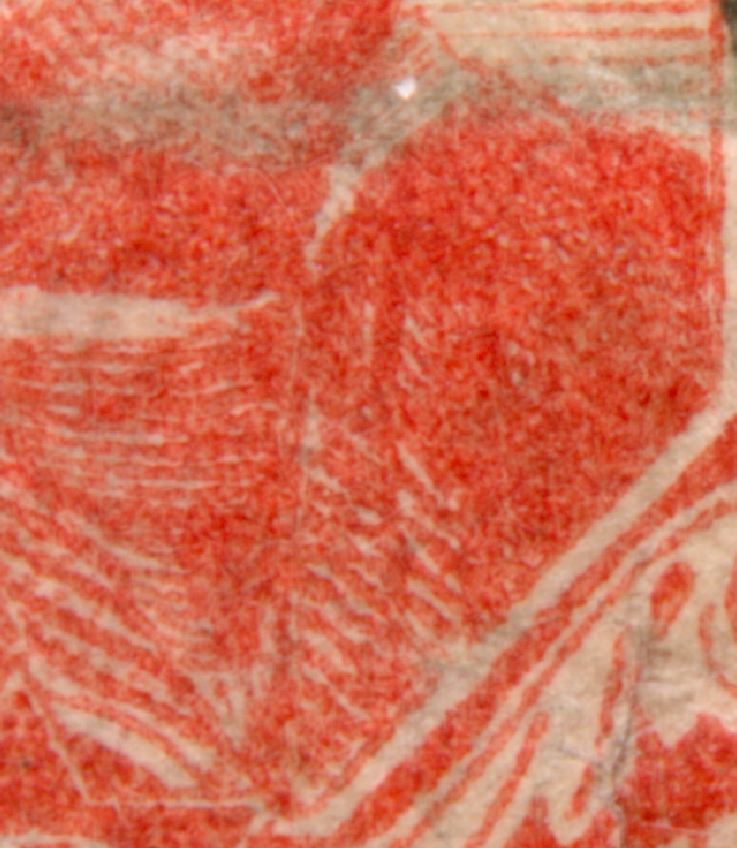
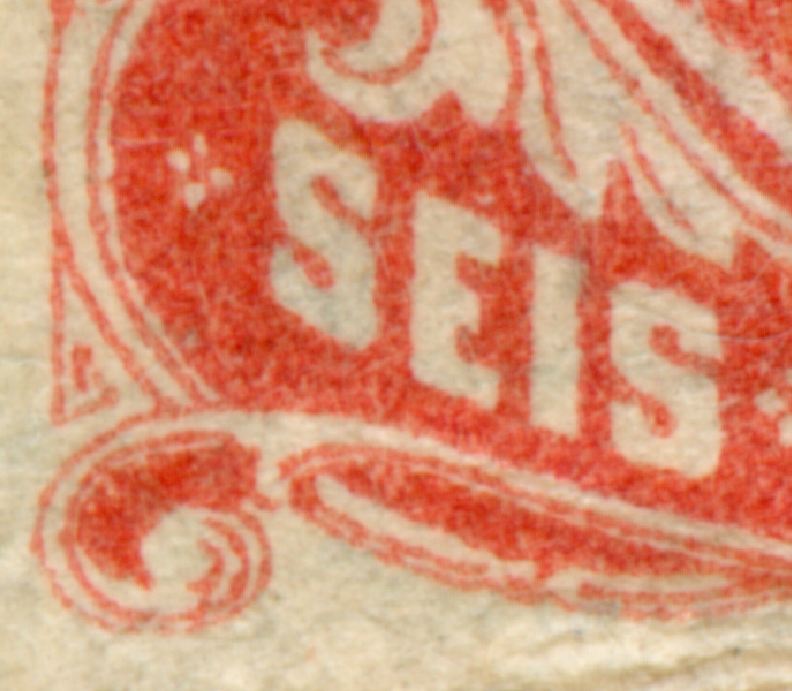
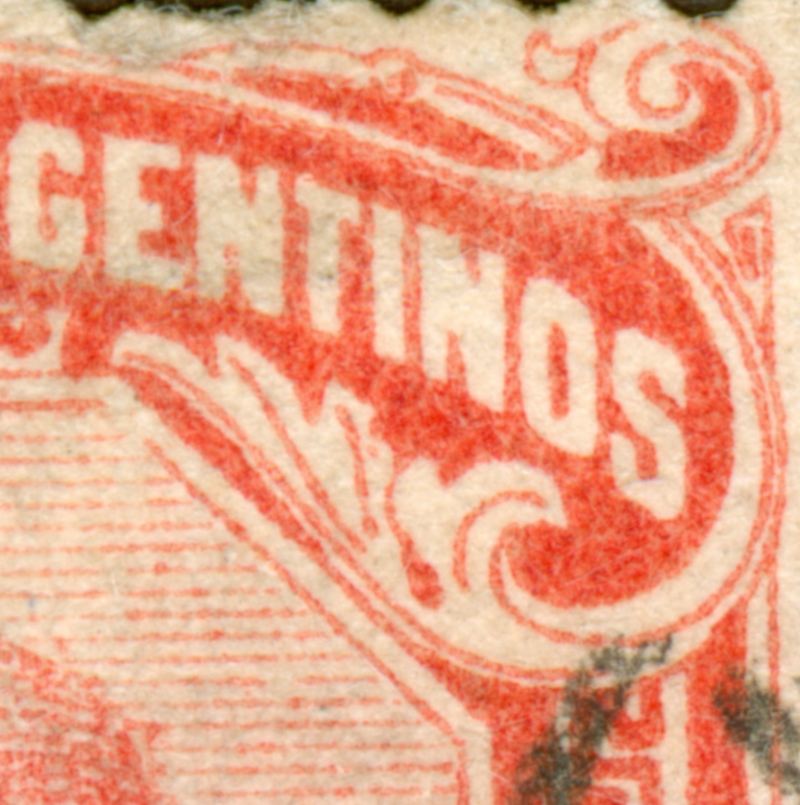
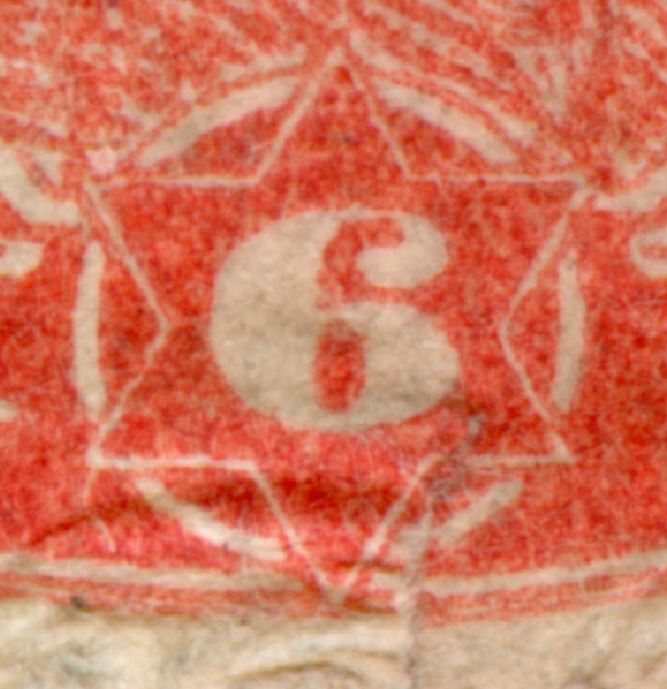
to be continued ...




to be continued ...
- Rein
- Usuario Colaborador

- Mensajes: 6258
- Registrado: 13 Mar 2009 15:59
- Ubicación: Leiden, Netherlands
- Contactar:
Re: Who is Kidding us????
Again, the 6c Kidd printings!
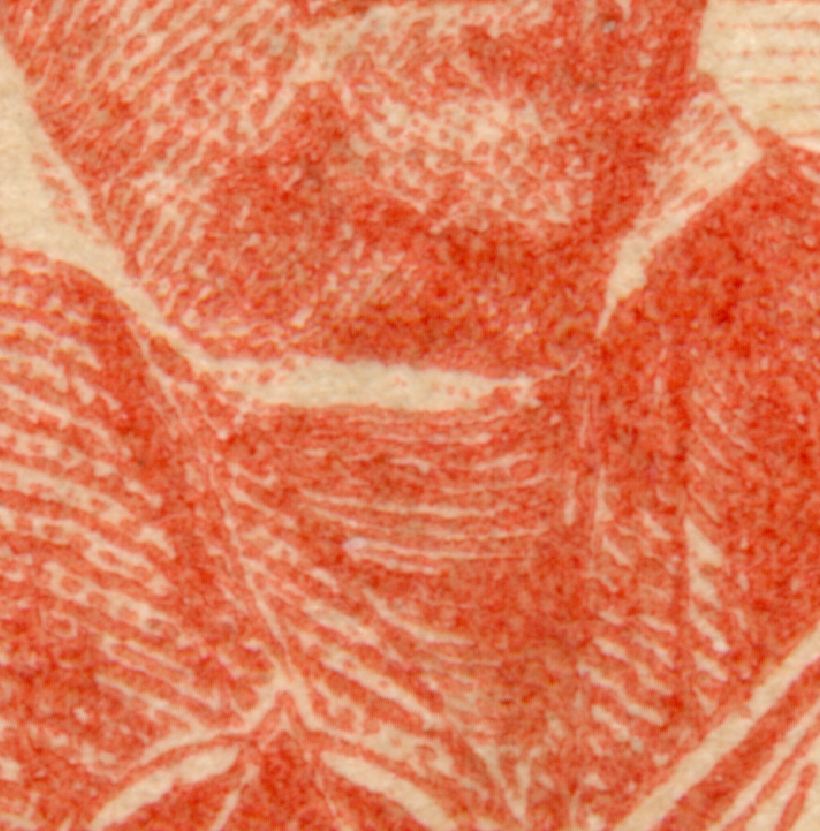
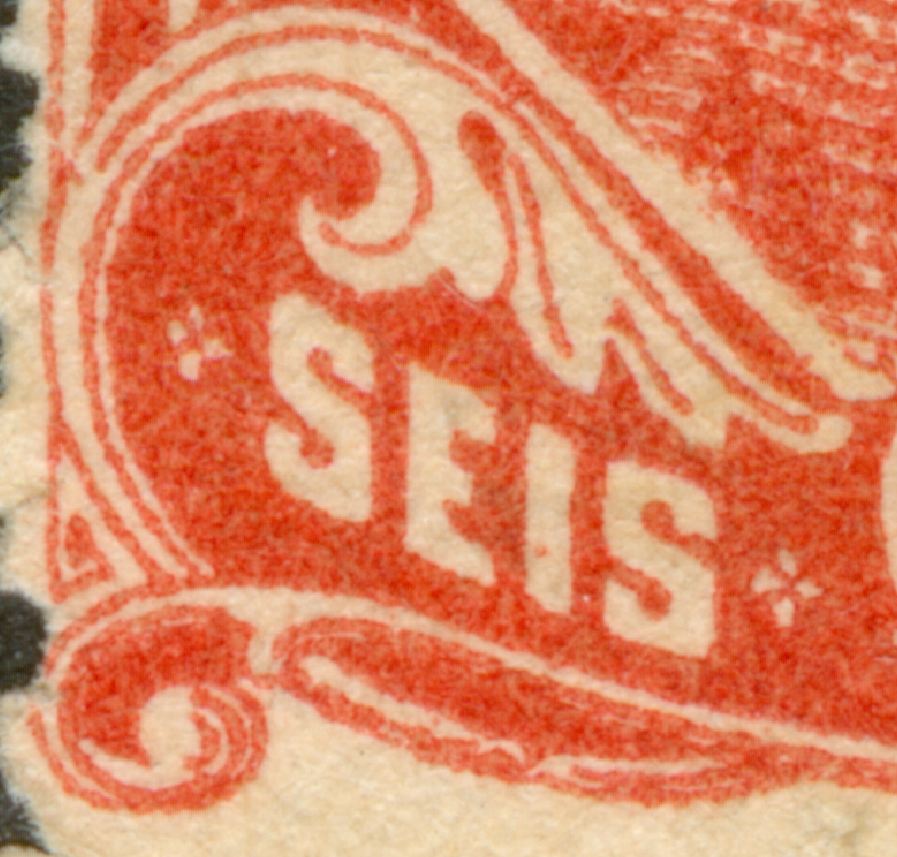
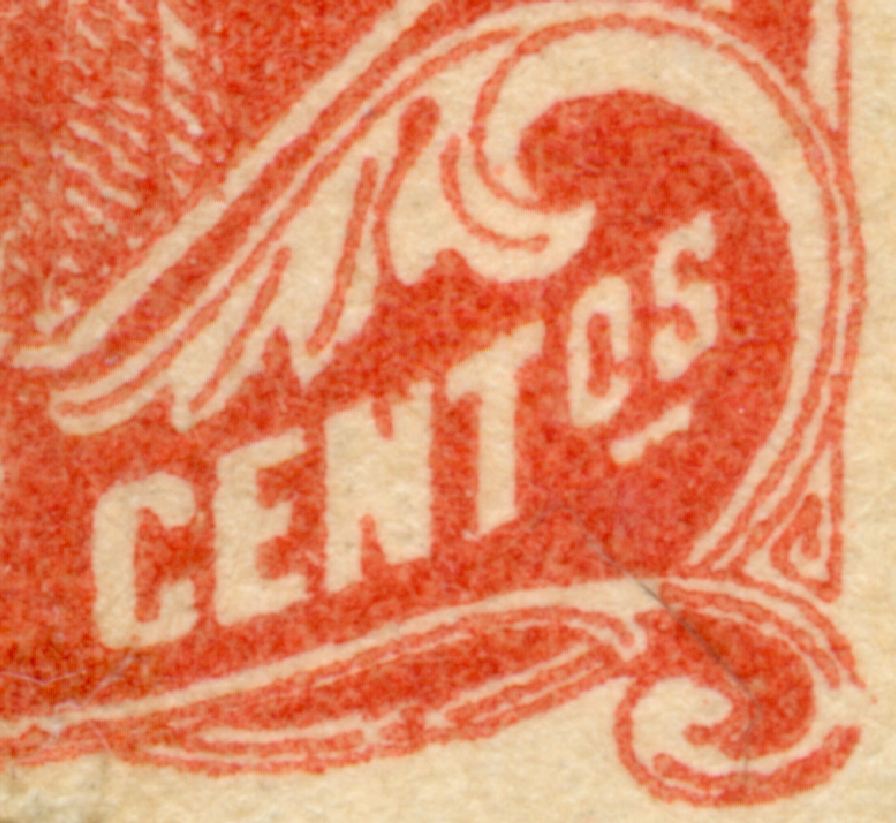
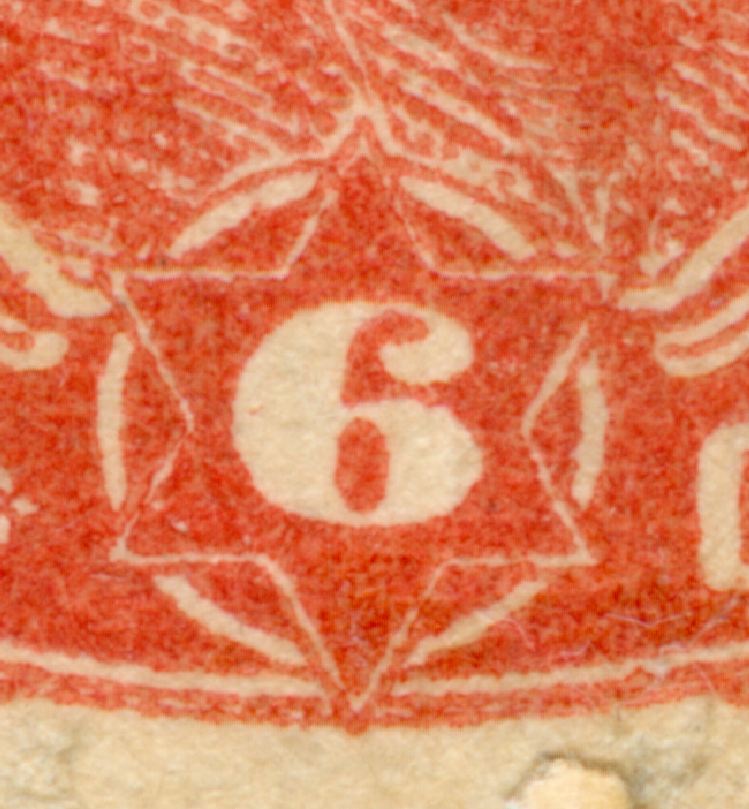
to be continued ...




to be continued ...
- Rein
- Usuario Colaborador

- Mensajes: 6258
- Registrado: 13 Mar 2009 15:59
- Ubicación: Leiden, Netherlands
- Contactar:
Re: Who is Kidding us????
Again, the 6c Kidd printings!
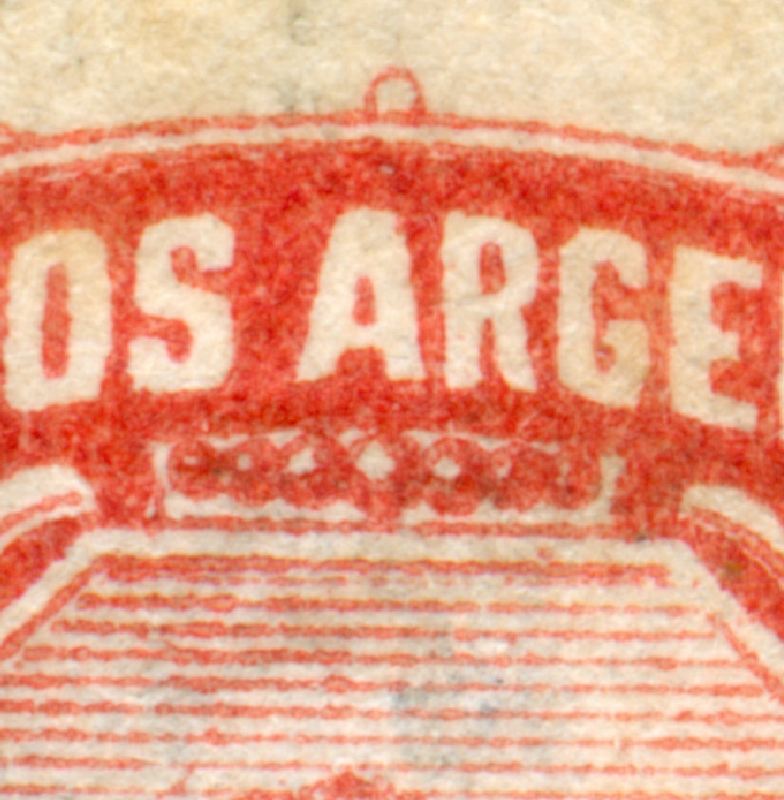
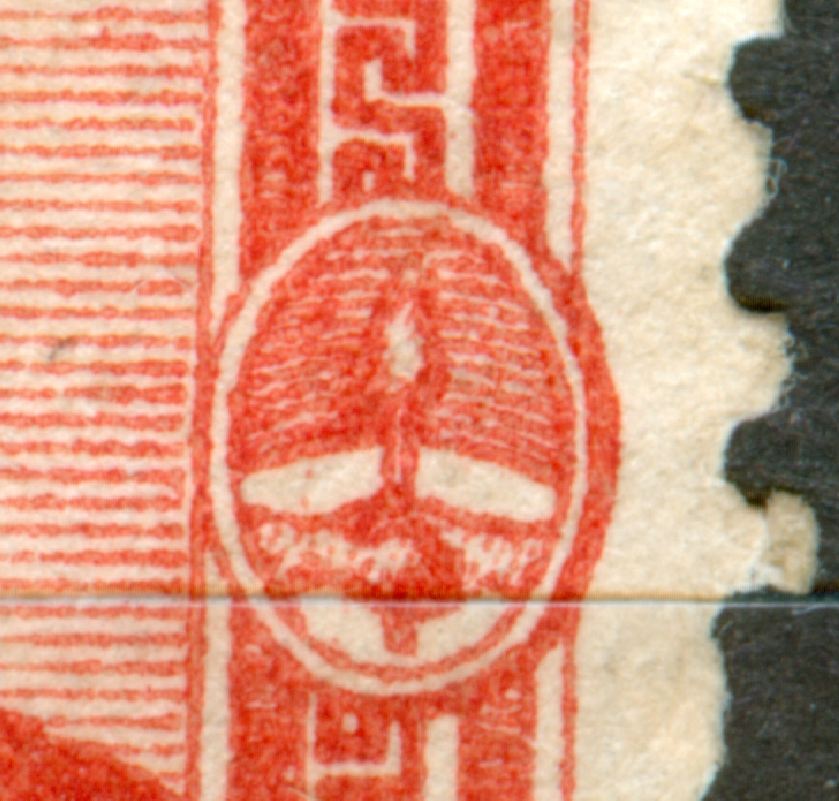
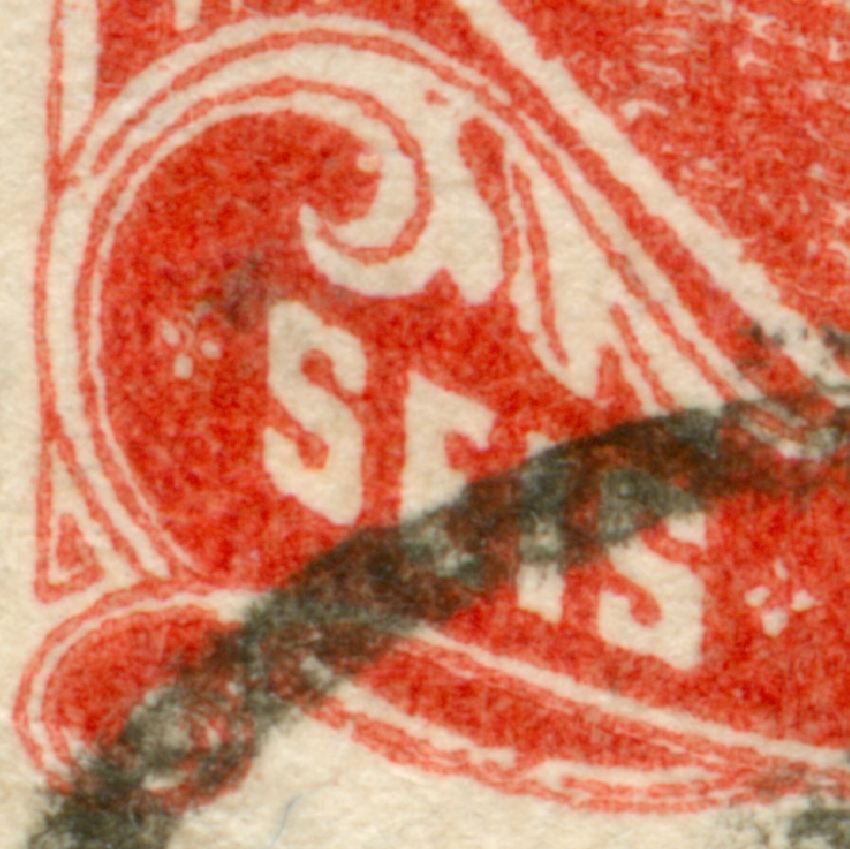
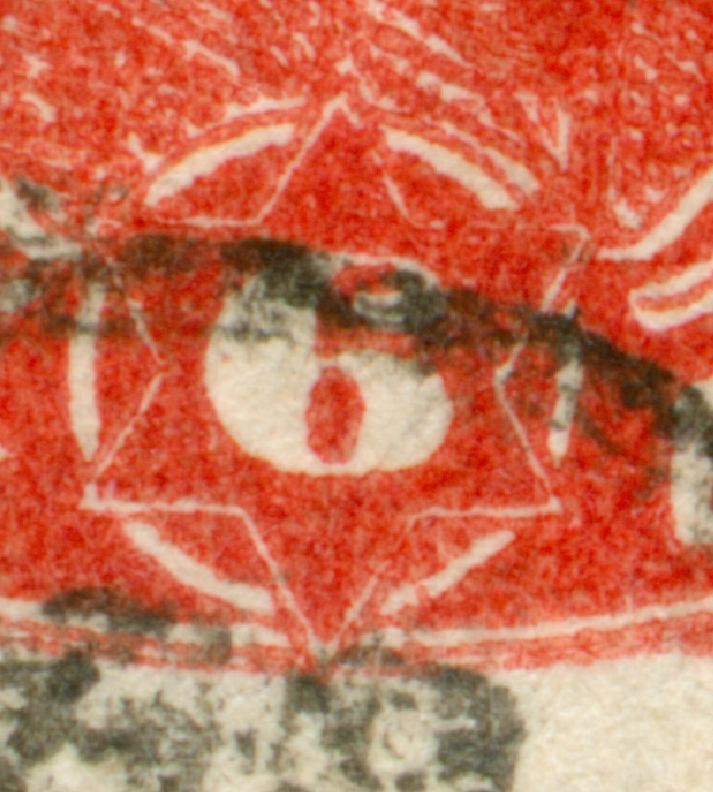
to be continued ...




to be continued ...
- Rein
- Usuario Colaborador

- Mensajes: 6258
- Registrado: 13 Mar 2009 15:59
- Ubicación: Leiden, Netherlands
- Contactar:
Re: Who is Kidding us????
Néstor,patagonian escribió:Yes, as I said before, with the 5c we're talking about "types" very accurately, because the portraits came from two different original drawings, as you noted.
"Small neck". Issued 1-jan-1888.
"Type II" for almost all catalogs (Type I for Marais and Longo).
- background lines cross at 45º
"Large neck". Issued late jan 1888.
"Type I" for almost all catalogs (Type II for Marais and Longo).
- background lines cross at 30º
[/color]
why not talking about two different DESIGNS??
saludos, Rein
-
patagonian
Re: Who is Kidding us????
Yes, "designs" may be a good alternative for the 5c in the next catalogue update; but the problem isn't with the 5c but the 2c, with which we agree to move to talk of "reports", as in the 30c.
With respect to 6c Sarmiento... do you think that it's a typographic issue? because it's sure is not recess-printing.
I have lots of mint stamps and never see evidence of "foulage" or deformed corners (a typographic specific characteristic)
The clearer center of the printed lines that surelly attract your attention, according Richard Vicary (Manual de Litografía. Edit. Thames and Hudson Ltd, London, 1976. Blume, 1986) is a consequence of weakening of grease drawing on the stone, and is corrected by treating with arabic gum, nitric acido and subsequent application of a booster ink based on asphalt.
The fine lines of the bushy beard of Mitre 50c, often looks the same way.
By the way, according to Jean Paul Marais (which is a pseudonym of Grünbaum, Longo and/or Schey, we can't be sure) thinness and delicacy of the lines is proof that lithographic procedure was used.
I present to you two images of the Odilon Rendon lithographs "smiling spider" and "crying spider" to illustrate that point.
Regards,
Néstor
[/color]
With respect to 6c Sarmiento... do you think that it's a typographic issue? because it's sure is not recess-printing.
I have lots of mint stamps and never see evidence of "foulage" or deformed corners (a typographic specific characteristic)
The clearer center of the printed lines that surelly attract your attention, according Richard Vicary (Manual de Litografía. Edit. Thames and Hudson Ltd, London, 1976. Blume, 1986) is a consequence of weakening of grease drawing on the stone, and is corrected by treating with arabic gum, nitric acido and subsequent application of a booster ink based on asphalt.
The fine lines of the bushy beard of Mitre 50c, often looks the same way.
By the way, according to Jean Paul Marais (which is a pseudonym of Grünbaum, Longo and/or Schey, we can't be sure) thinness and delicacy of the lines is proof that lithographic procedure was used.
I present to you two images of the Odilon Rendon lithographs "smiling spider" and "crying spider" to illustrate that point.
Regards,
Néstor
[/color]
No tienes los permisos requeridos para ver los archivos adjuntos a este mensaje.
-
patagonian
Re: Who is Kidding us????
May be these details can be useful for investigation.
[/color]
[/color]
No tienes los permisos requeridos para ver los archivos adjuntos a este mensaje.
- Rein
- Usuario Colaborador

- Mensajes: 6258
- Registrado: 13 Mar 2009 15:59
- Ubicación: Leiden, Netherlands
- Contactar:
Re: Who is Kidding us????
Nestor,patagonian escribió:May be these details can be useful for investigation.
[/color]
why black???
The lines are surely fine enough and I have no doubt that you can achieve a high perfection of printing! But that is not why I have my doubts?!
saludos, Rein
-
patagonian
Re: Who is Kidding us????
The few known design print test ("cuños") of this issue, was run only in black ink.Rein escribió:Nestor,
why black???
(...)
- Rein
- Usuario Colaborador

- Mensajes: 6258
- Registrado: 13 Mar 2009 15:59
- Ubicación: Leiden, Netherlands
- Contactar:
Re: Who is Kidding us????
Nestor,
I am trying to get an idea of how the process worked! I particular the photographical aspect of which Merlo is speaking!
In a description of Victoria stamps:
What about the Argentina examples???
to be continued ...
I am trying to get an idea of how the process worked! I particular the photographical aspect of which Merlo is speaking!
In a description of Victoria stamps:
The engraving is quite similar to that of recess/intaglio!?The Lithography Printing Procedure
Using lithography, the steps required to print a sheet of stamps (including use of a transfer stone), are as follows:
* An engraver made a die by etching individual lines into a small block of steel to create a mirror image of a stamp design .
* The printer inked the die with lithographic ink and transferred the image to a piece of lithographic paper, resulting in a printed image of the stamp design on the lithographic paper.
* The lithographic paper was placed face down onto a transfer stone and the image was `transferred’ to the stone by drawing a scraper across the lithographic paper. This deposited a mirror image of a single stamp design onto the transfer stone
* This process was repeated until there was the desired number of stamp images on the transfer stone.
* The transfer stone was wetted, and then inked. The added ink adhered to the previously inked areas and avoided the wet areas of the transfer stone.
* A piece of dampened lithographic paper was placed faced down onto the transfer stone and the image on the transfer stone was `transferred’ to the lithographic paper by drawing a scraper across the paper.
* Next, the lithographic paper with the transfer group image on it was laid face down into position on the printing stone and the image was transferred to the stone by drawing a scraper across the lithographic paper. This deposited a mirror image of the transfer stone onto the printing stone.
* This process of depositing the transfer group image onto the printing stone was repeated until the printing stone had the desired number of images for a full sheet of stamps.
* Once the printing stone was completed, stamp production could begin. The printing stone was wetted and inked with the desired color of printer’ s ink. The ink would adhere to the previously inked areas and would avoid the wet areas of the printing stone.
* A sheet of paper was placed onto the printing stone and put through a printing press that pressed the paper onto the printing stone, thereby transferring the inked image on the printing stone to the surface of the paper.
* The newly printed sheet of stamps was hung to dry for a few minutes and then stacked and placed into inventory.
* To produce further sheets of stamps, the printers would consecutively (i) prepare the printing stone by wetting and inking it, (ii) place a sheet of paper onto the printing stone and (iii) draw it through the printing press.
What about the Argentina examples???
to be continued ...
- Rein
- Usuario Colaborador

- Mensajes: 6258
- Registrado: 13 Mar 2009 15:59
- Ubicación: Leiden, Netherlands
- Contactar:
Re: Who is Kidding us????
patagonian escribió:The few known design print test ("cuños") of this issue, was run only in black ink.Rein escribió:Nestor,
why black???
(...)
Nestor,
maybe it is all in the Marais book, but it would be good for all of us here to have the fact step by step!
The images you showed us are - as it seems to me - engravings [steel or copper] that would take the engraver weeks if not months to accomplish. Juan Kidd could never have done so in the period between the contract [22.09.1887] and the new year 1888!
These engravings - both the portrait and/or the frame - should have been made long before Kidd got the contract. Kidd had to choose the right combination of frame and portrait for a particular value! Then re-draw the original engravings for the lithography method! Was a photomechanical process involved here????
Why choose different sizes for the root block??? 3x2, 5x2 or none at all [10c]!?
Questions that earlier generations of philatelists should have asked themselves publicly in their publications instead of referring just to a previous one and then continue with reconstructing the plates???
to be continued ....
-
patagonian
Re: Who is Kidding us????
I find the use of cooper engravings, much more acceptable and consistent with these rare print proofs I recently got (shown above), that the direct drawing on little stones as explained some authors. I think it is beyond the ability of the best hand of artist.
May be 'll replace my drawings of "matrix stones" described by Marais et alii, by copper blocks ones.
Regards,
Nestor
Pd: 'm thinking maybe silly... but... it's possible make die incisions with the famous reducing pantograph with diamond tip, based on normal-size drawings, used to etch the "sobrecitos" ??
Does already existed at that time then the photoreproduction on copper and subsequent etching with acid, to obtain the first pair of dies?
Surely these are absurd ideas, but I can't find the way that Juan Kidd & Cº could etch more than 20 dice in three months!
May be 'll replace my drawings of "matrix stones" described by Marais et alii, by copper blocks ones.
Regards,
Nestor
Pd: 'm thinking maybe silly... but... it's possible make die incisions with the famous reducing pantograph with diamond tip, based on normal-size drawings, used to etch the "sobrecitos" ??
Does already existed at that time then the photoreproduction on copper and subsequent etching with acid, to obtain the first pair of dies?
Surely these are absurd ideas, but I can't find the way that Juan Kidd & Cº could etch more than 20 dice in three months!
- Rein
- Usuario Colaborador

- Mensajes: 6258
- Registrado: 13 Mar 2009 15:59
- Ubicación: Leiden, Netherlands
- Contactar:
Re: Who is Kidding us????
Nestor,
we still have a lot of questions!
DeLuca - page 161 - mentions the existence of engravings made earlier in the USA for the 2c Vicente Lopez, 5c Rivadavia, 10c Avellaneda, 15c San Martin, 25c Belgrano and 40c Moreno!
All of them had portraits engraved by the ABN [2c, 5c, 15c, 10c=>25c] or NBC [4c=>40c] but for the 10c.
How about your 6c??? Where does that come from??? Kidd did not have time to let all these engravings be made! So where do they come from????
And isn't a coincidence that the 10c had NO compound design [collage of frame and portrait]?!?!?
DeLuca also states that on 02.10.1890 eleven [once] stones were destroyed! Where is no 12???
to be continued ....
we still have a lot of questions!
DeLuca - page 161 - mentions the existence of engravings made earlier in the USA for the 2c Vicente Lopez, 5c Rivadavia, 10c Avellaneda, 15c San Martin, 25c Belgrano and 40c Moreno!
All of them had portraits engraved by the ABN [2c, 5c, 15c, 10c=>25c] or NBC [4c=>40c] but for the 10c.
How about your 6c??? Where does that come from??? Kidd did not have time to let all these engravings be made! So where do they come from????
And isn't a coincidence that the 10c had NO compound design [collage of frame and portrait]?!?!?
DeLuca also states that on 02.10.1890 eleven [once] stones were destroyed! Where is no 12???
to be continued ....
-
patagonian
Re: Who is Kidding us????
Don' forget the Mitre 50, that's the same case as the Sarmiento 6c.
Here youhave portrait and frame of the Kidd - San Martin 15c, and a essay from ABNC.
How das they copy some parts of the portrait, line by line? May exist any photographic way?
[/color]
Here youhave portrait and frame of the Kidd - San Martin 15c, and a essay from ABNC.
How das they copy some parts of the portrait, line by line? May exist any photographic way?
[/color]
No tienes los permisos requeridos para ver los archivos adjuntos a este mensaje.